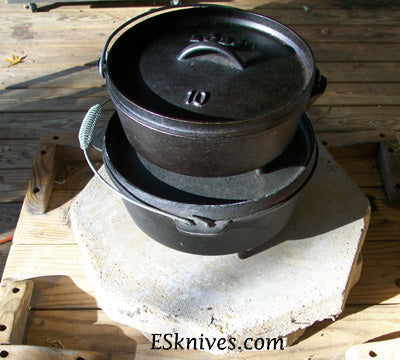Introduction to Lock Picking
By Isabella WoodsDon't worry, this isn't the beginning of a slippery slope into a life of crime! There are many reasons why perfectly law-abiding citizens should familiarize themselves with the basics of picking locks. Most people carry around a bunch of keys that will open the doors to all parts of their lives including their home, office, car, bicycle padlock, gym lockers and garages. If these keys ever go missing it can be a real disaster. Having the ability to pick open your locks in an emergency saves time, expense and worry.
However, it is important to be aware of the ethics of picking locks. Locks are there for a reason, and it is both completely illegal and unethical to open a lock without the express permission of the property owner or legitimate keyholder. While lock picking is associated in a lot of people's minds with criminal behavior, the truth is that few criminals bother going to the trouble of learning how to pick locks other than those on cars, preferring instead to break their way through doors and windows.
In reality, most people who pick locks are professional locksmiths called upon by the keyholders of the lock in question. Whereas a criminal will smash a door down to get inside a building, most honest people prefer to hire a locksmith to open the lock without causing damage to the property. Professional locksmiths have a lot of different bits of equipment designed to help get them through doors, including electric pick guns which vibrate inside the lock to jiggle it open. Yet any true professional should be able to get through a basic pin-and-tumbler lock with nothing more than a small flat head screwdriver and a bent paper clip.
There is also a third kind of lock picker: the hobbyist, who likes the challenge and the puzzle element of picking a lock. Getting through a lock without a key is a satisfying skill to master, as it relies on the senses as well as intelligence and patience. Lock pickers must learn to listen to the tiny noises from within the lock that tell them when the pins are in place; they must be dextrous enough to make the subtle movements needed, and to feel the slightest movement within the lock through the tips of their fingers. It is also important to have a talent for visualizing the insides of a lock, and an understanding of the way different locks work. All of these elements combine to make lock picking a fun past time for a lot of people. There are two good reasons why it is good to learn a little about picking a lock: firstly for practical independence, in order that you can never get locked out of your own house, and secondly because it is great fun to try.
A basic pin-and-tumbler lock can be opened with relative ease and a essential lock picking kit. These are the kinds of locks often found inside padlocks, on house doors, so it is useful to know how to get around them. A pin-and-tumbler lock is like a cork in a bottle. The cork, or tumbler, has holes running into it, and each hole has two pins inside which are cut differently and which run between the tumbler and the surrounding housing (i.e. between the cork and the bottle). When the right key is inserted into the lock the pins lift up so that the gap between the two pins aligns with the edge of the tumbler: this is known as the shear line. This means that the tumbler can be rotated freely, opening the lock. The goal of picking the lock is to lift these pins in the exact same way a key would. To do this, the lock picker inserts a tension wrench to twist the tumbler slightly. The tension wrench is a small flat-headed tool, like a screwdriver. They then prod at the pins inside the lock with a pick – a long piece of thin metal that is hooked slightly at the end – in order to lift them up to the shear line. This takes practice and patience to achieve, but it is a useful skill to have.
Almost everyone who owns a car has had the heart-sinking experience of slamming the door shut only to realize that they've left the keys inside. This momentary lack of concentration is often made worse by the embarrassment and expense of having to explain to a mechanic exactly why they need to break into the car. But before you start looking into scrap insurance prices, if you find that you are frequently locking yourself out of your car it might be wise to learn how to use a slim jim. But it is easy for inexperienced lock pickers to damage the lock or the car door whilst using a slim jim, so it is important to learn this skill with the supervision of an experienced locksmith.
Like a great many other things, lock picking is a skill that can be used both for good and evil purposes. But it is a valuable and useful thing to learn for everyone who can be a little absent minded at times, or even just for those looking for a new way to challenge themselves.


















